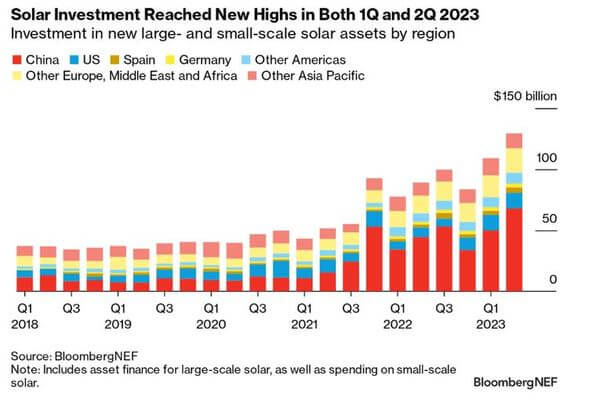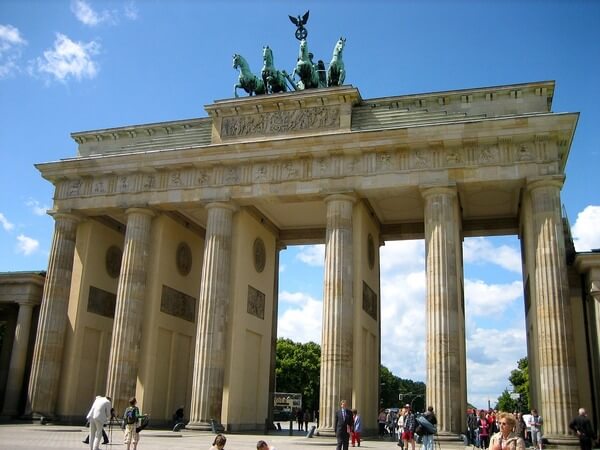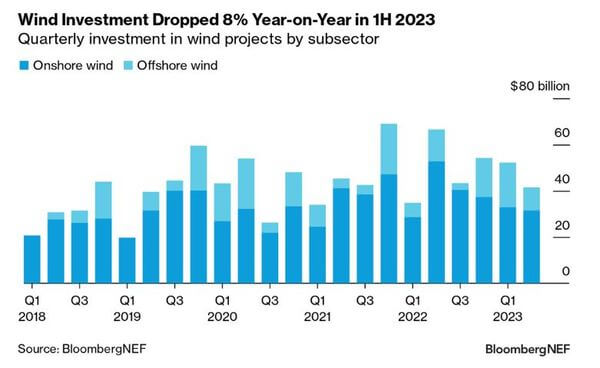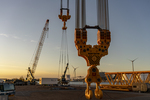News Release from windfair.net
Wind Industry Profile of
Solar shines, but wind energy's breeze is meager
BNEF's latest investment data in the 'Renewable Energy Investment Tracker 2H 2023' shows a whopping 22 percent increase in new global investment in renewable energy compared to the first half of last year. This makes it clear that the global energy transition continues to pick up speed.
China's growth is still outrunning the world, investing $177 billion, a 16% increase over the 1st half of last year. The U.S. follows a long way behind in second place with $36 billion, while Germany came in third with $11.9 billion.
Of this total, $335 billion was for project development through both equipment financing and small solar installations. But renewable energy companies were also successful this year in raising equity capital to support their growth and expansion. Venture capital and private equity commitments for renewable energy company expansion reached $10.4 billion in the first half of 2023, up 25% from the first half of 2022. Public markets raised a total of $12.7 billion in new capital in the first six months of the year, up 25% from the first half of 2022.

The solar sector is currently setting ever new records worldwide, as the figures from BloombergNEF show (Image: BNEF).
However, a closer look reveals differences between the sectors: solar energy was the main driver of the excellent results, with a total of $239 billion invested in large and small installations, accounting for two-thirds of the total global investment in renewable energy in the first six months of the year. That represents increases of 43 percent over the first half of 2022.
And it doesn't look like that will change in the coming months, quite the opposite. Many countries have now made the hurdles to expansion as low as possible. In the U.S., the Inflation Reduction Act continues to fuel a boom, including the construction of large industrial-scale solar farms, while in Germany, the federal government just passed a major solar package last week.
Yet the German market is already showing very strong momentum: According to an evaluation by the International Economic Forum for Renewable Energies (IWR), in the first seven months of 2023, approximately 593,000 new solar installations with 7,927 MW have already been connected to the grid and have been producing electricity since then. In the same period last year, only 198,200 solar plants with 4,239 MW were connected to the grid. In total, Germany thus has around 3.3 million solar farms with an output of 75.5 GW.

The German government in Berlin is currently focusing its efforts on reducing bureaucracy and accelerating approval procedures for the construction of renewable energy plants (Image: Pixabay)
"The Solar Package I in the cabinet version now before us contains central and important new regulations that were demanded by JUWI and the industry," says Carsten Bovenschen, CEO of German wind and solar project developer JUWI, on the cabinet decision. "Here and there, the details still need to be tightened up, but for now, with this draft, the German government is showing its ability to act and its concrete will to reduce bureaucracy and advance RE expansion. Now it's a matter of staying the course so that there is no watering down of the measures in the subsequent parliamentary process."
Acceptance for the expansion of renewable energy plants has also caused a broad rethink in Germany, at the latest with Russia's invasion of Ukraine and the subsequent energy crisis. "The high solar growth vividly shows that the energy transition in Germany has reached the people and has become a participatory project," says IWR CEO Dr. Norbert Allnoch. The new Solarparket I of the Federal Government with its many facilitations will further accelerate this trend, says Allnoch.
On the other hand, the situation is currently problematic worldwide for wind energy. According to BNEF, wind power investments declined by 8 percent compared to the first half of 2022 and reached only USD 94 billion in the first half of 2023. While offshore wind is holding up well, growing 7 percent to USD 29.2 billion, the onshore sector in particular is weakening globally. Grid constraints, permitting issues and weakening political support in several markets are leading to a reduced global pipeline of developable projects, which in turn is affecting asset financing volumes, BNEF said.

Meanwhile, the onshore wind industry is struggling with problems (Image: BNEF).
But there are exceptions here, too: In the German onshore wind market, 420 new wind turbines with a capacity of 2,080 MW went into operation in the first seven months of 2023 - a remarkable 75.2 percent increase in wind capacity compared to the same period last year.
- Author:
- Katrin Radtke
- Email:
- press@windfair.net
- Keywords:
- BloombgerNEF, IWR, wind, solar, Germany, USA, China, industry, growth, investment, installation, renewable energy, energy transition


























